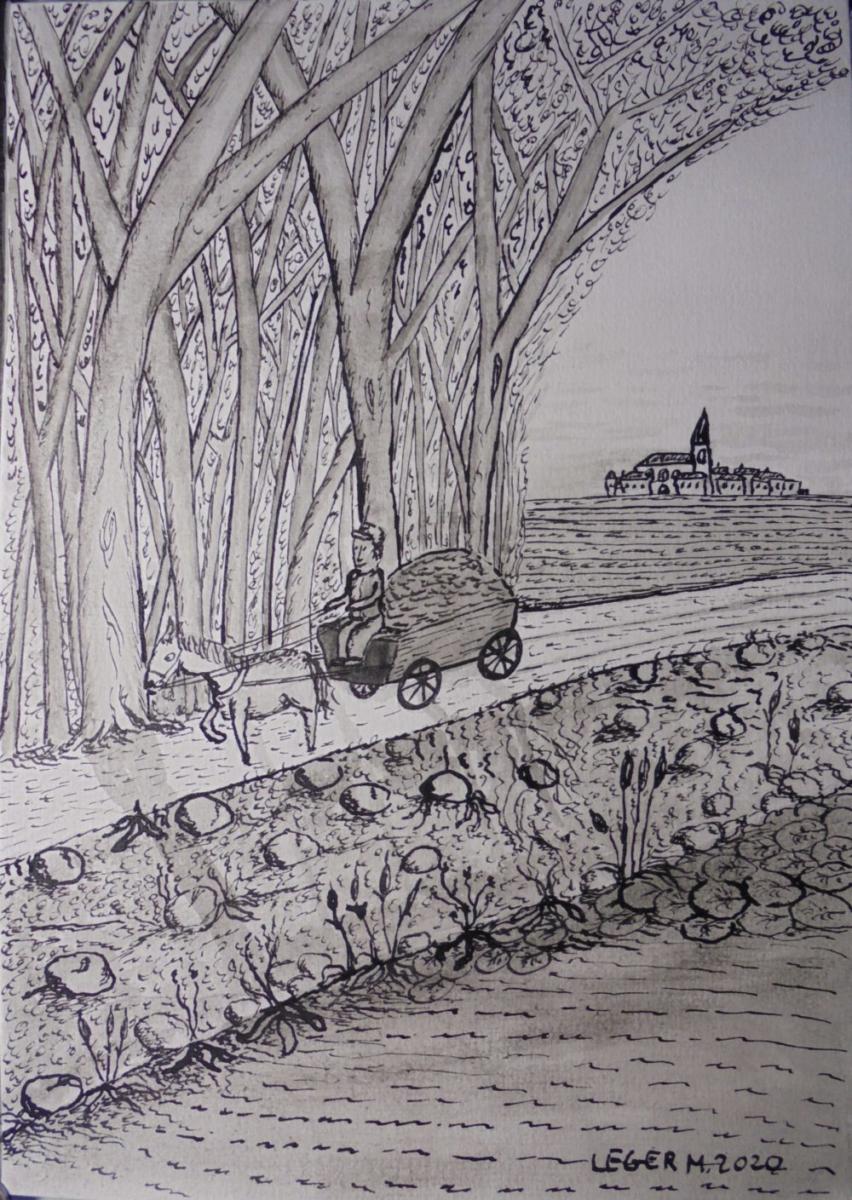
“It’s something so incredibly intimate and it’s amazing that it’s been portrayed. Yet it’s his painting, The Impey Children in their Nursery (1780), depicting an everyday scene of the Impey’s three children being tended to, with an ayah (nanny) breastfeeding an Impey baby, that stands out. Shaikh Zain ud-Din’s natural history works – Dalrymple says they make English painter George Stubbs “look like a child daubing with watercolours” – commissioned by Sir Elijah Impey, Chief Justice of the Supreme Court in Calcutta, and Lady Impey, have seen the Patna-born artist rightly lauded.


It’s a very interesting half-lit world that’s not colonial but not entirely Mughal, it’s a transition between the two and cultural transfer is an important part of the story – the wills of Company officials from this time show that more than one third of British men in India left all their possessions to Indian wives or Anglo-Indian children.” “At this stage, the British aren’t in control, they’re on the rise, the Company is becoming more powerful but we’re not in the Raj, there’s a Mughal Emperor in Delhi. More than anything, the selfie oozes dignity and assurance in his craft, as well as personality, agency, and perhaps defiance towards his paymasters – in 1806, the Vellore Rebellion saw Indian sepoys mutiny against British commanders.Īs Dalrymple explains, in the early part of the Company Painting era (1770 to 1840) there was a more equal footing and sense of cultural exchange between India’s Mughal rulers and East India Company officers.
#INDIAN INK ARTISTS FULL#
South Indian artist Yellapah of Vellore seems like a person who would not be impressed by the erasure of his work – his quietly mesmerising self-portrait, Yellapah of Vellore (1832-1835), in oyster shell paint, sees the artist confidently holding the gaze of the viewer, and is full of beautifully rendered details, whether the shading of his hands or the fine hair of his moustache.

“This view is now being actively revised in the scholarship, arguing for the recognition of painters as agents of resistance and change: the decolonisation of painting and of the art historical discourse in Indian art is a real and present challenge.” “ ‘Company Painting’ has been used for decades to refer to works painted for colonial (mostly East India Company) patrons, implicating a top-down relationship between the patron and the painter, where the latter served the imagination of colonial masters,” she tells BBC Culture.


 0 kommentar(er)
0 kommentar(er)
